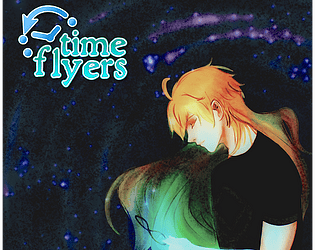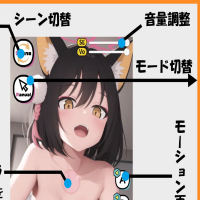Exploring the Evolution of Kirby's Image: From "Angry Kirby" to Global Consistency
This article delves into the fascinating story behind Kirby's differing appearances in Western and Japanese markets, drawing on insights from former Nintendo employees. We'll examine Nintendo's localization strategies and their impact on Kirby's branding.

The "Angry Kirby" Phenomenon: A Strategic Shift
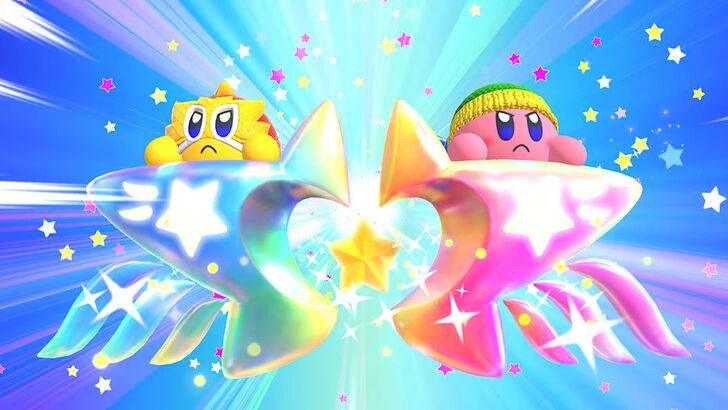
Kirby's portrayal in Western markets often featured a more determined, even "angry," expression on game covers and promotional materials. Former Nintendo Localization Director, Leslie Swan, clarifies that the intent wasn't to depict anger, but rather to project a sense of resolve. This was a conscious decision to appeal to a broader Western audience, particularly teenage boys, who were perceived to gravitate towards tougher characters, unlike the Japanese market where cute characters resonated widely across age groups. Kirby: Triple Deluxe Director Shinya Kumazaki corroborates this, highlighting the differing appeal of cute versus tough Kirby in Japan and the US respectively, although acknowledging the success of a tougher Kirby depiction in Kirby Super Star Ultra across both regions.
Marketing Kirby: Beyond the "Kiddie" Label

Nintendo's marketing strategies played a significant role. The "Super Tuff Pink Puff" tagline for Kirby Super Star Ultra exemplifies this shift. Former Nintendo of America Public Relations Manager, Krysta Yang, discusses Nintendo's efforts to shed its "kiddie" image during a period where a more mature appeal was sought within the gaming industry. This led to a focus on Kirby's combat abilities in marketing, aiming to attract a wider age range. While recent years have seen a more balanced portrayal of Kirby, emphasizing gameplay and abilities, the perception of Kirby as primarily "cute" persists.
Localization Choices: A Look Back at Key Decisions
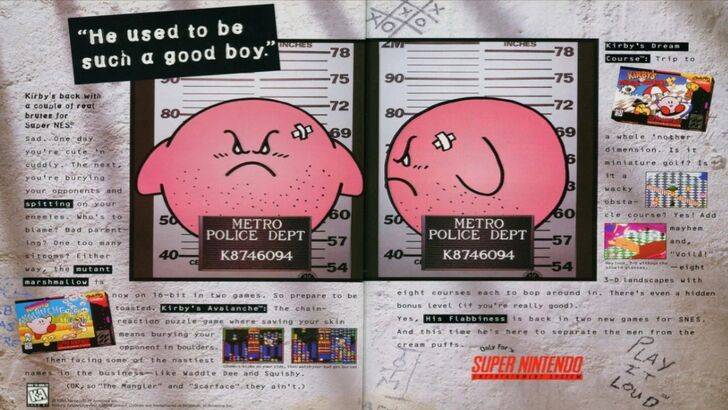
The differences in localization are evident in the evolution of Kirby's image. The infamous 1995 "Play It Loud" mugshot advertisement, and subsequent variations in facial expressions across games like Kirby: Nightmare in Dream Land, Kirby Air Ride, and Kirby: Squeak Squad, highlight this divergence. Even the color palette was adjusted; Kirby's Dream Land's initial US release featured a ghostly-white Kirby, a decision influenced by the Game Boy's monochrome display, later rectified with the release of Kirby's Adventure on the NES. This early experience underscored the challenge of marketing a "puffy pink character" to a Western audience seeking edgier appeal.
A More Globalized Approach: Consistency and Challenges
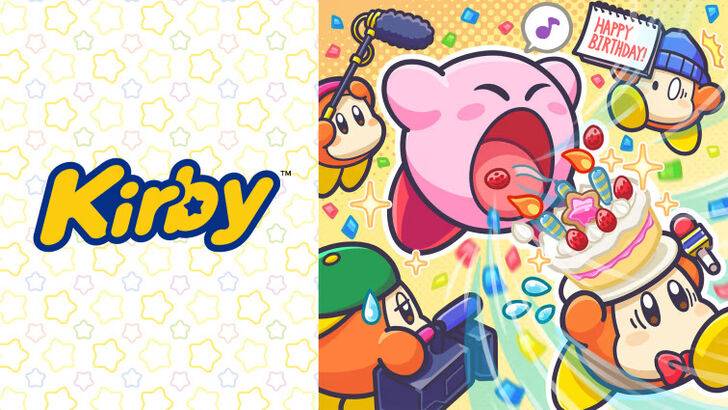
Swan and Yang concur that Nintendo has adopted a more globalized approach in recent years, fostering closer collaboration between its Japanese and American offices to achieve more consistent marketing and localization. This strategy aims to reduce regional variations and avoid past missteps. However, Yang acknowledges the potential downside: a homogenized approach that, while ensuring brand consistency, might sacrifice the unique nuances that resonate with specific regional audiences. The current localization trend reflects a broader industry shift towards globalization and the increasing familiarity of Western audiences with Japanese culture.
























